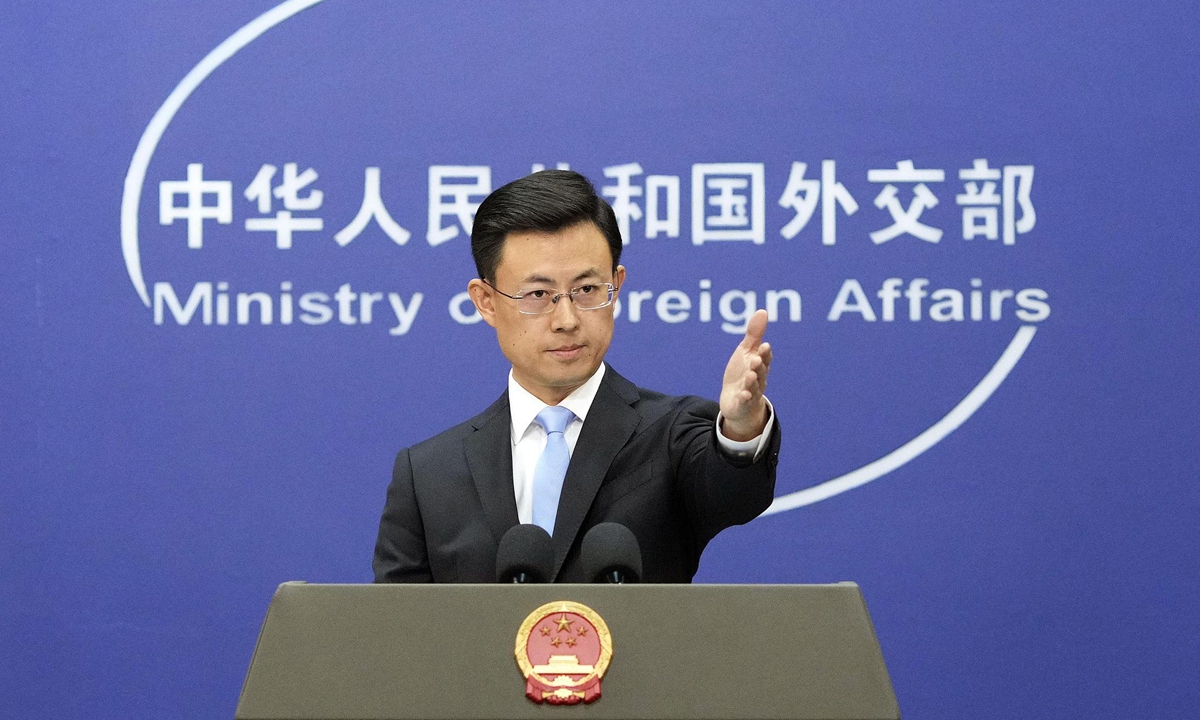OpenAI launches GPT-5 for all ChatGPT users

The recent launch of OpenAI's GPT-5 model is a pivotal moment in the evolution of artificial intelligence, particularly for businesses and consumers alike. Announced on August 7, 2025, this newest iteration promises significant advancements in functionality and utility over its predecessor, GPT-4. Notably, OpenAI is making GPT-5 accessible not just to paid subscribers but also to the free user base, which may lead to a substantial increase in user engagement and market penetration. With projections of reaching 700 million weekly active users, the momentum for OpenAI's innovative solutions is certainly gathering steam, parallel to the trajectory of large-scale tech enterprises in the past.
OpenAI touts GPT-5's enhanced capabilities, describing it as ‘smarter’ and ‘faster’ while exhibiting lower tendencies for hallucinations—the fabrication of incorrect answers. These improvements are underpinned by extensive safety testing, which included over 5,000 hours of evaluation. The introduction of ‘safe completions’ will likely expand the model’s applicability, especially in sensitive domains such as healthcare where accuracy is paramount. The advent of advanced AI models like GPT-5 opens a plethora of opportunities for enterprises to optimize their operations, transition toward digitization and automation, and ultimately improve their EBITDA margins.
Comparatively, the rapid development in AI mirrors historical technological booms, such as the dot-com bubble of the late '90s. Investors during that period were drawn into a frenzy over internet-based companies, often overlooking critical fundamentals. Today's landscape, while distinct, poses similar risks; the fervor surrounding AI technologies must be approached with caution. Data from various sectors indicate swift adoption rates of AI-driven solutions, yet this could lead to inflated valuations for companies primarily engaged in AI development. Stakeholders, including regulators, must remain vigilant to ensure that this wave of innovation does not result in detrimental unintended consequences—such as over-reliance on AI outputs or regulatory oversights in AI usage. Furthermore, as OpenAI constructs a more human-like interaction model, one must question if reliance on AI for decision-making could inadvertently decrease human critical thinking skills across various industries. With GPT-5 being described as a team of Ph.D.-level experts at one’s fingertips, businesses may become overly dependent on its capabilities, thus stifling innovation and problem-solving efforts within human teams.
Looking towards the future, the implications of GPT-5's launch resonate across economic landscapes. Multiple stakeholders—corporate entities leveraging AI for productivity gains, consumers benefiting from enhanced personal tools, and regulators aiming to establish frameworks within which these technologies can be safely developed—must align their objectives. The open model approach for developers suggests a paradigm shift toward collaboration and innovation in AI application, reminiscent of the community-driven advancements that characterized the tech revolution in the early 2000s. Thus, the coming years will be critical in determining whether AI enhances productivity, drives sustainable growth, or inadvertently leads to disruptions reminiscent of past tech bubbles. With prudent management, however, GPT-5 holds great promise to pivot economies towards more intelligent, efficient practices.
Read These Next

China to Maintain Energy Supply Measures Amid US Tariff Threat
China's Foreign Ministry affirms lawful economic cooperation with Russia amid US tariff concerns, stressing energy independence.

Hawkeye Group Mass Produces OV50X CMOS Image Sensor
Hawkeye Group's OV50X CMOS image sensor enters mass production, aimed at flagship smartphones, enhancing market growth.

Implications of Hybrid Shareholder Meetings
The analysis highlights the significance of a recent hybrid shareholder meeting, emphasizing financial trends, engagement levels, and potential risks to the company's compliance and governance landscape.
